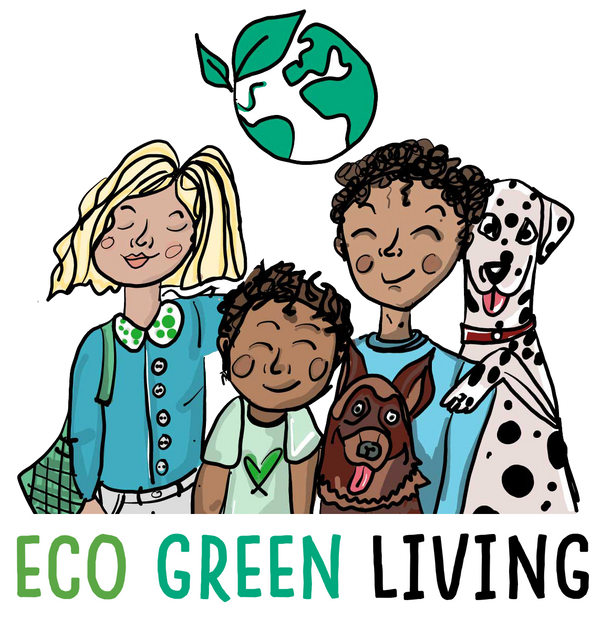Do Compostable Plastics Leave Microplastics Behind?
Plastic pollution is a global problem. From rivers to oceans and even the food on our plates, tiny plastic fragments called microplastics are showing up everywhere. That’s why so many of us are looking for better choices in our homes.
But here’s the big question: if you swap to compostable plastics, will they also leave microplastics behind?
The answer is reassuring: when they’re properly certified, compostable products don’t behave like conventional plastics.
What Exactly Are Microplastics?
Microplastics are tiny pieces of plastic less than 5 mm long. They’re formed when bigger plastic items like bottles, bags, or packaging break apart over time.
The problem is they never really go away. Instead, they spread through:
-
Soil and waterways
-
Oceans and marine life
-
The food chain
-
Even the air we breathe
Scientists have even found microplastics in the human body. That’s why the move to compostable alternatives is so important.
Compostable vs. Biodegradable vs. Traditional Plastic
Here’s a simple way to tell the difference:
-
Traditional plastic: Made from fossil fuels. Breaks into microplastics that can last for centuries.
-
Biodegradable plastic: Sounds eco-friendly, but it’s vague. Some types may still fragment into smaller pieces if conditions aren’t right.
-
Compostable plastic: Certified to break down in composting into natural elements (carbon dioxide, water, biomass) without leaving behind persistent plastic fragments.
The key is certification. Look for trusted marks like EN 13432 in Europe or ASTM D6400 in the US.
What EN 13432 Certification Guarantees
If you see EN 13432 on packaging, you know the product has been rigorously tested. Certification proves that in industrial composting conditions it will:
-
Biodegrade quickly: At least 90% of the material breaks down into CO₂ within six months.
-
Disintegrate fully: After 12 weeks, no more than 10% remains as residue larger than 2 mm (so no lingering, visible fragments).
-
Be safe for soil and plants: Compost from the process must support healthy growth, with no toxic residues.
-
Meet strict safety checks: Heavy metal content is tightly controlled.
In simple terms: EN 13432 compostable products are engineered to return safely to the earth, instead of breaking down into the microplastics we worry about from conventional plastics.
Why Compostable Swaps Make Sense
Making the switch isn’t just about protecting the planet. It’s also about peace of mind for your family.
-
No lingering fragments: Certified compostable items won’t leave behind the long-lasting plastic bits that traditional plastics do.
-
Soil-safe outcome: They’re tested to make sure the compost left behind helps, not harms, the environment.
-
Easy swaps: From bin liners to freezer bags and cling wrap alternatives, they work just like the plastic versions you’re used to — without the long-term pollution.
At Eco Green Living, we’ve seen thousands of households make these changes, and the difference adds up quickly.
How to Pick the Right Compostable Products
Follow this quick checklist:
-
✅ Look for certification marks like EN 13432 or the Seedling logo
-
✅ Don’t be fooled by vague “biodegradable” claims
-
✅ Start with everyday essentials such as bin liners, freezer bags, and food wrap
Each small swap means less plastic waste and fewer microplastics in our world.
Final Thoughts
Conventional plastics don’t disappear. They just break into smaller and smaller pieces that pollute our environment for centuries.
Certified compostable products are different. They’re tested to break down safely, leaving behind no visible plastic fragments and no toxic effects on the soil.
By choosing certified compostables, you’re not just cutting down plastic waste — you’re protecting your home and helping build a cleaner future.
Ready to try? Explore our range today and join thousands of families making the switch to safer, smarter everyday essentials.
Frequently Asked Questions (FAQs)
1. Do compostable plastics still release microplastics in landfill?
In landfill conditions, compostable products may not break down quickly. However, they will not fragment into microplastics like conventional plastics. Instead, they remain intact until conditions allow decomposition.
2. Are compostable plastics the same as biodegradable plastics?
No. Biodegradable plastics can still be petroleum-based and may fragment into harmful residues. Compostable plastics are plant-based and certified to fully break down without leaving microplastics.
3. Can I compost these products at home?
If they are labeled “home compostable,” yes. Some compostable products need higher temperatures from industrial composting facilities. Always check the packaging.
4. How long does it take for compostable plastics to break down?
In industrial composting, most certified compostable products break down within 90–180 days. In home composting, the process may take longer depending on conditions.
5. Are compostable plastics safe for food use?
Yes. Certified compostable products are food-safe and widely used for freezer bags, cling wrap, and bin liners. They’re designed to store food without releasing harmful chemicals or plastic residues.

